We caught up with the brilliant and insightful Andy Yoder a few weeks ago and have shared our conversation below.
Andy, thanks for joining us, excited to have you contributing your stories and insights. What’s been the most meaningful project you’ve worked on?
Several years ago I was invited to do an installation for CulturalDC’s Mobile Art Gallery. It’s a converted shipping container that’s placed in locations around the city to broaden the audience for contemporary art. In my research I came across “The Great Shoe Spill of 1990,” in which a container ship dumped 80,000 Nikes into the Pacific during a storm. Luckily they floated, and a network of beachcombers developed to wash, match and resell them as they washed ashore. An oceanographer heard about this and collaborated with the beachcombers to create data, leading to important studies of the ocean’s currents.
I was inspired by this to create Overboard, an installation of hundreds of sneakers using reclaimed materials, mostly packaging from recycling bins. My sneakers were a version of the Jordan5, an iconic shoe that was introduced the same year as the spill. I displayed them on floating shelves, with a digital backdrop of ocean waves. The exhibit used sneakerhead culture and brand recognition to deliver a statement about the impact of consumer culture on the planet’s environment. The display’s visual appeal, combined with the concept behind it, led to high profile media coverage outside the art world, panel discussions, and appreciation from an audience representing a broad range of age, race and income.
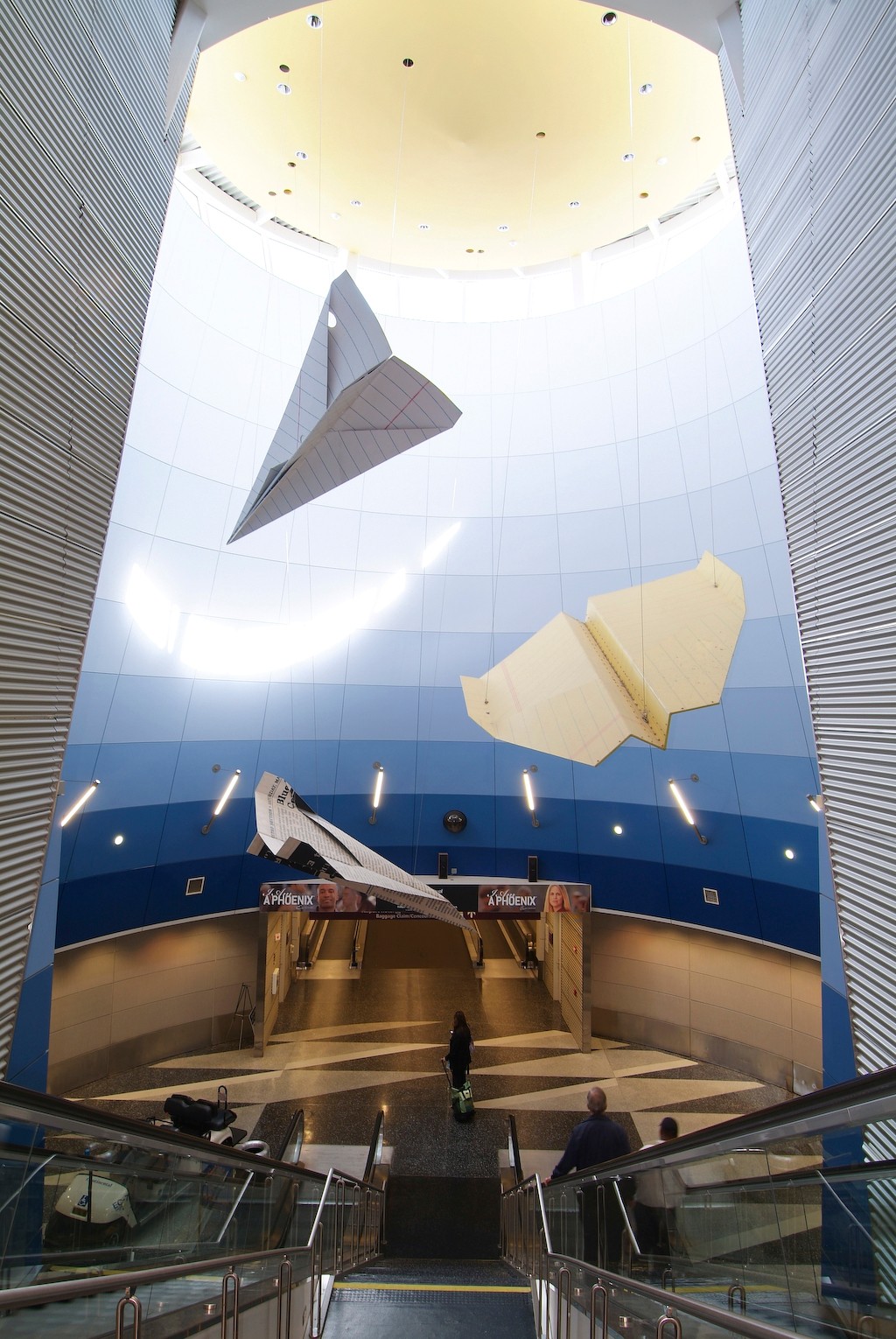
![]()
Great, appreciate you sharing that with us. Before we ask you to share more of your insights, can you take a moment to introduce yourself and how you got to where you are today to our readers.
As a kid I growing up in Ohio I spent hours drawing while stretched out on the floor, or on the back of paper placemats at restaurants. Shortly after graduating from the Cleveland Institute of Art I moved to New York City, where I got my career going by showing in a variety of venues, living in Williamsburg before it became tragically hip.
I use an extremely broad range of materials to create public and private commissions, as well as sculpture for exhibits in galleries, museums, and contemporary art centers. I often use unexpected materials and changes in scale to create versions of recognizable, everyday objects. For example, a 7-ft long pair of wingtip shoes made out of black licorice, giant paper airplanes for an airport, and a globe created out of 300,000 wooden matches.
I’m most proud of how my work connects with a broad audience, transcending the art world. I’m known for making work that’s well made, incorporates color, and draws ideas from the circumstances around it. I’m glad that as people become familiar with my work they’ll connect me with materials that would otherwise be discarded, such as artificial flowers or rolls of fabric, and I’ll use it to create new work. You might say that I’m a highly-trained professional who aspires to maintain the exuberance and creativity of a kid.
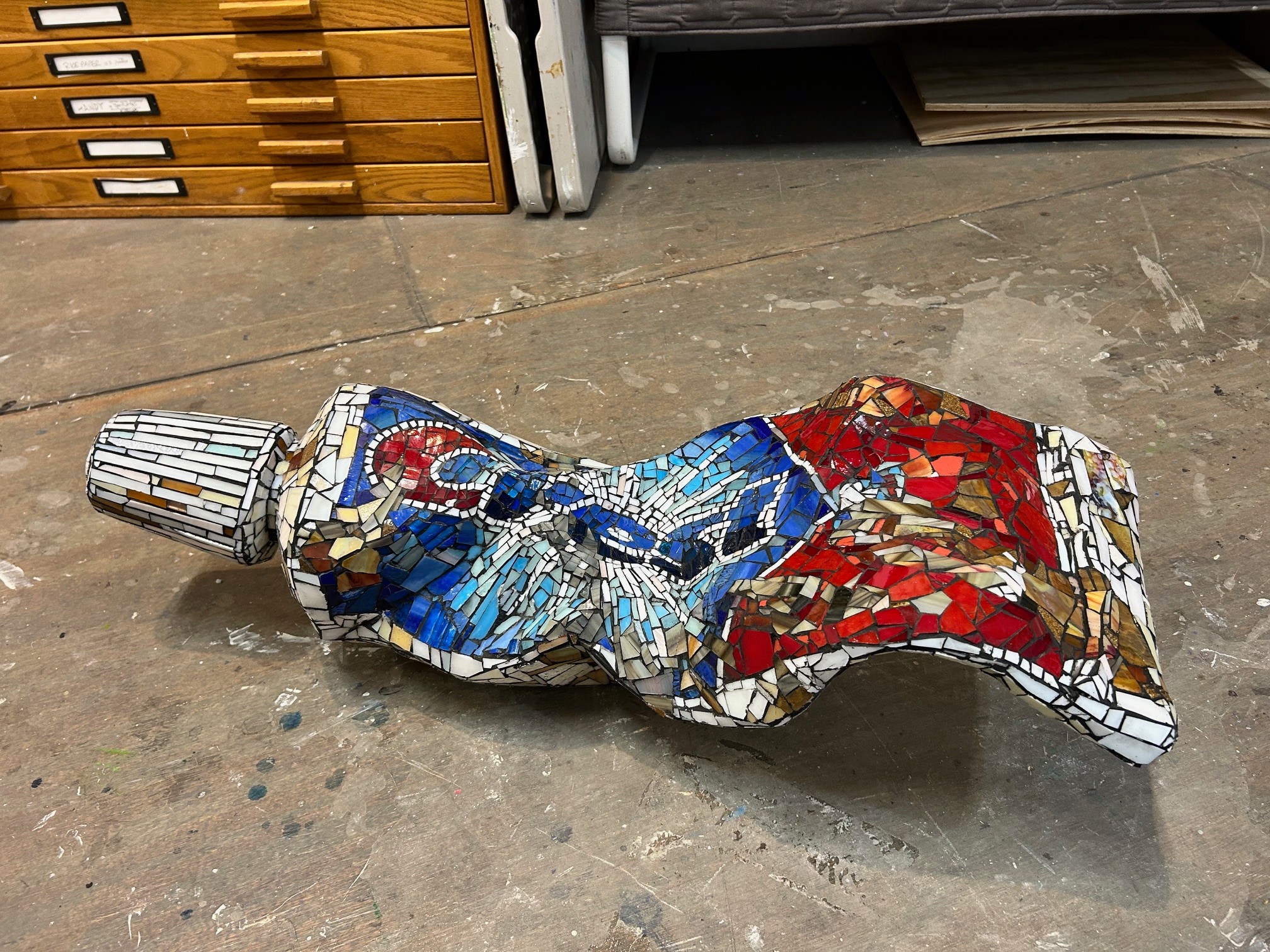
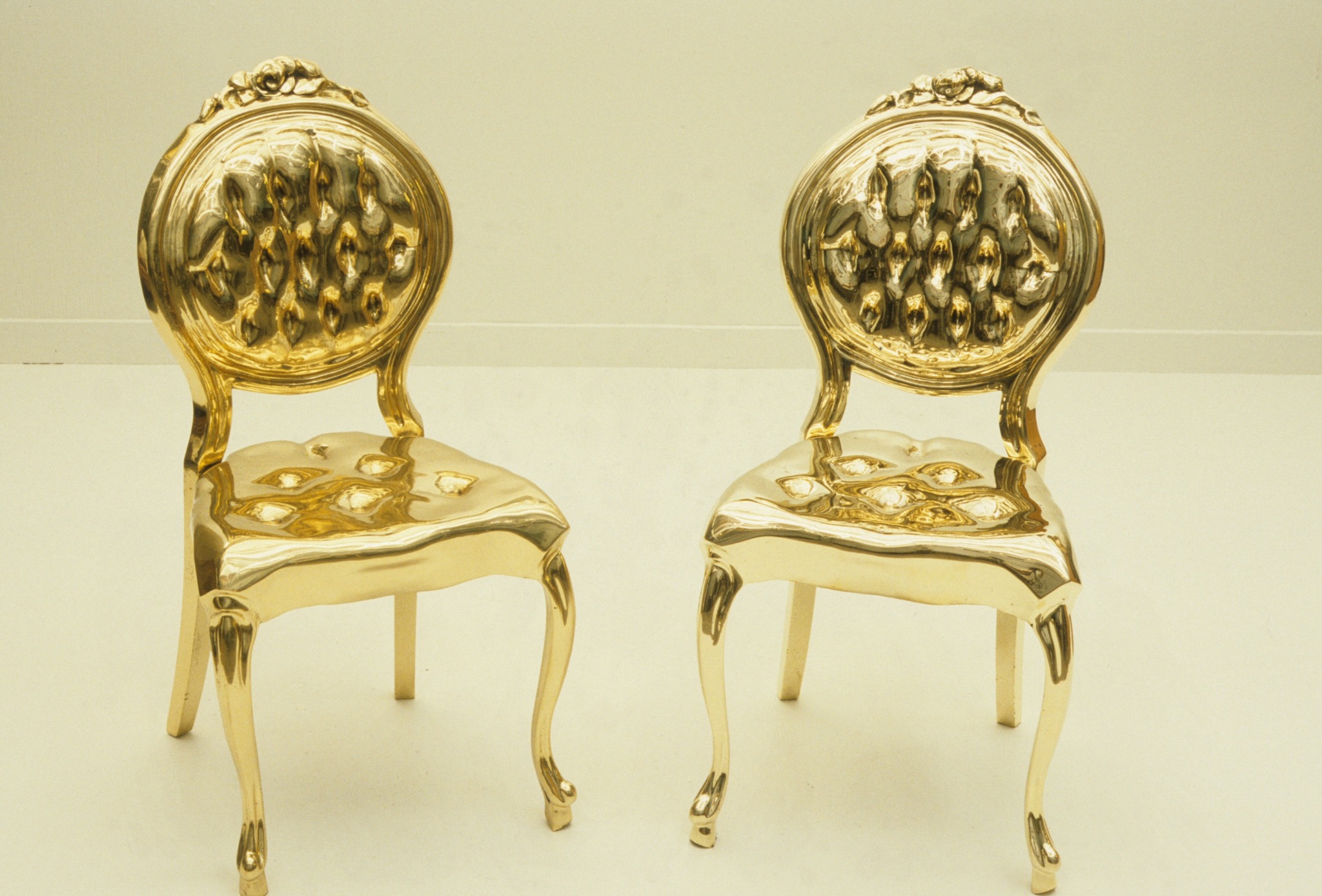
Is there something you think non-creatives will struggle to understand about your journey as a creative?
Art offers a hugely important lesson that applies to any endeavor and every profession. It’s a lesson that powers my approach to teaching college art courses, and one that I constantly have to remind myself of: it’s the power of “mistakes” to derail boring, predictable solutions to problems, and how fear of the unknown (aka perfectionism) prevents us from getting to creative, successful results.
We know that the safest and shortest distance between two points is a straight line, but if the goal is getting results that engage and attract our interest, it’s a course that’s guaranteed to fail. Trying new things and letting chance play a role gets us out of our comfort zone; it can feel unsettling in the short term, but it’s hugely worth it in the long run. It’s the best way I know of to tap into the part of my brain where fresh ideas come from, the kind that stand out from the crowd and inspire enthusiasm from others.
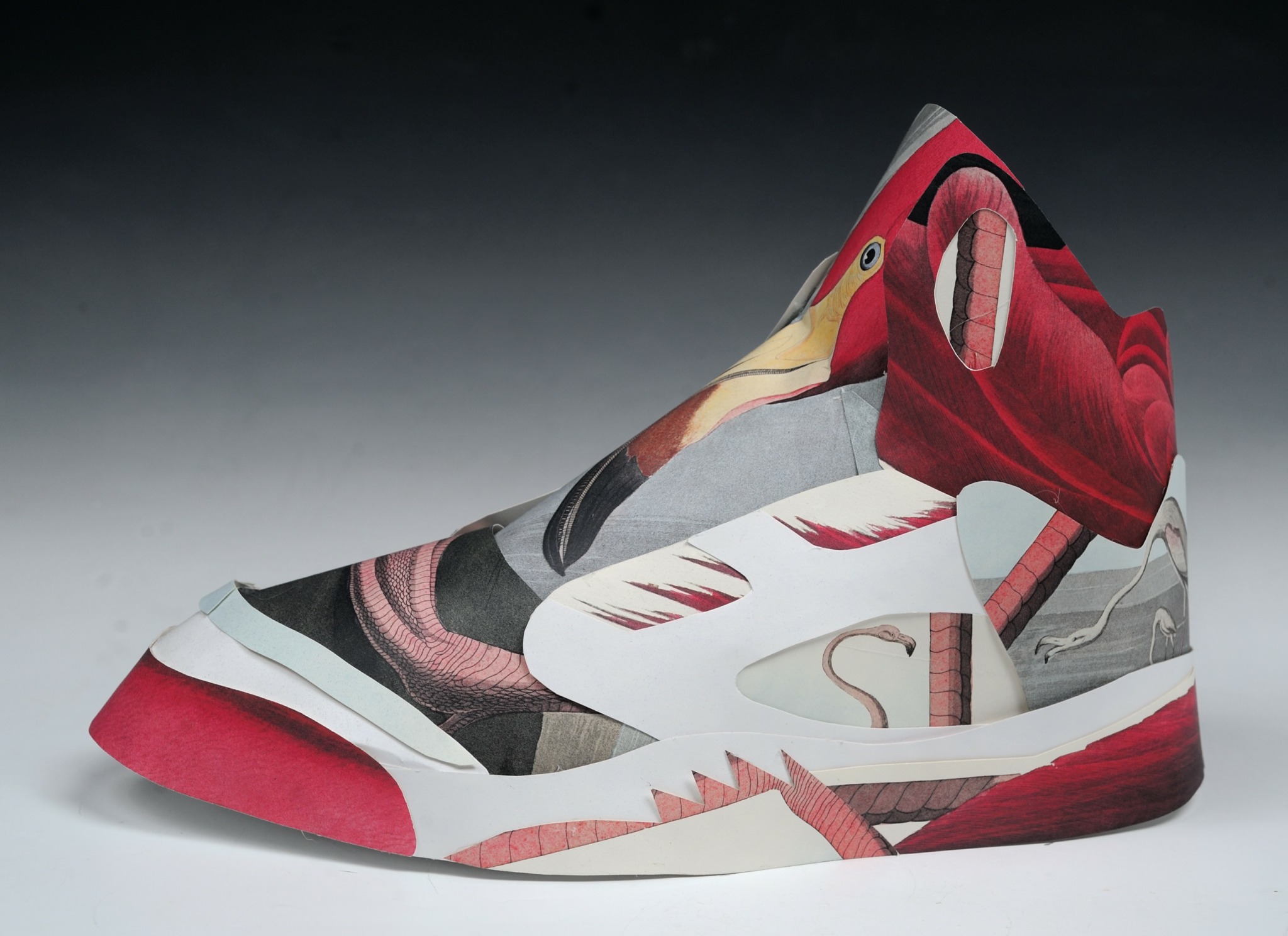
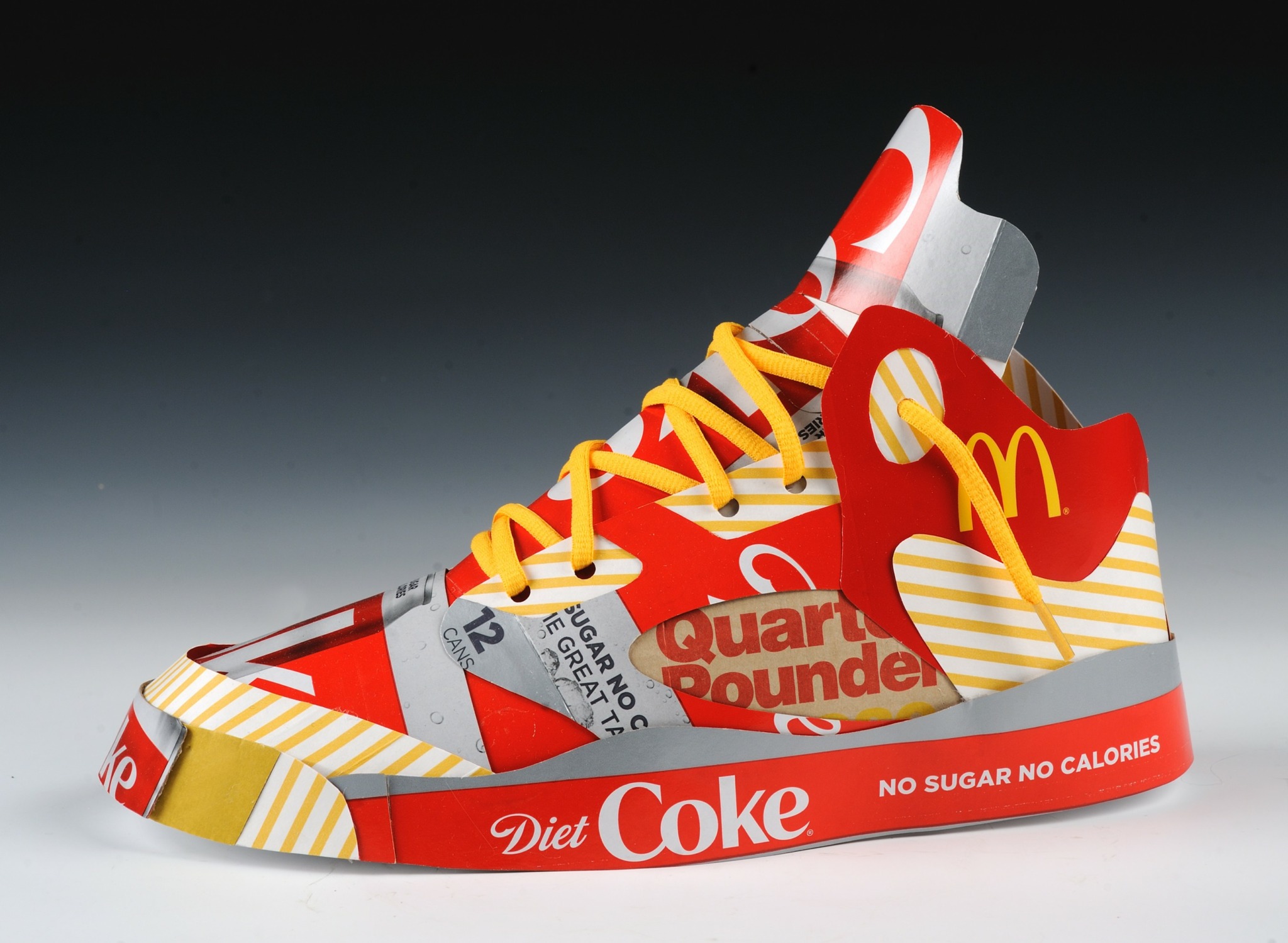
For you, what’s the most rewarding aspect of being a creative?
Being an artist or creative, if you’re serious about it, requires that you become comfortable with uncertainty and taking risks.
However, in exchange for forgoing the comfort of a regular paycheck, you gain the freedom to express yourself in ways that are deeply meaningful, not only to yourself but to others. It gives me the opportunity to make a difference in the world by sharing ideas and connecting with viewers, hopefully long after I’m gone.
I tell people that there are scores of solid, practical reasons not to be an artist, and sculpture can be especially daunting. Luckily there are plenty of positive aspects to it: I’m a people person, and love how the process of making sculpture gets you out in the world beyond the studio. I particularly like commissions for the way their requirements lead me to new ideas, materials and approaches.
Contact Info:
- Website: https://andyyoder.com
- Instagram: andyyoderart

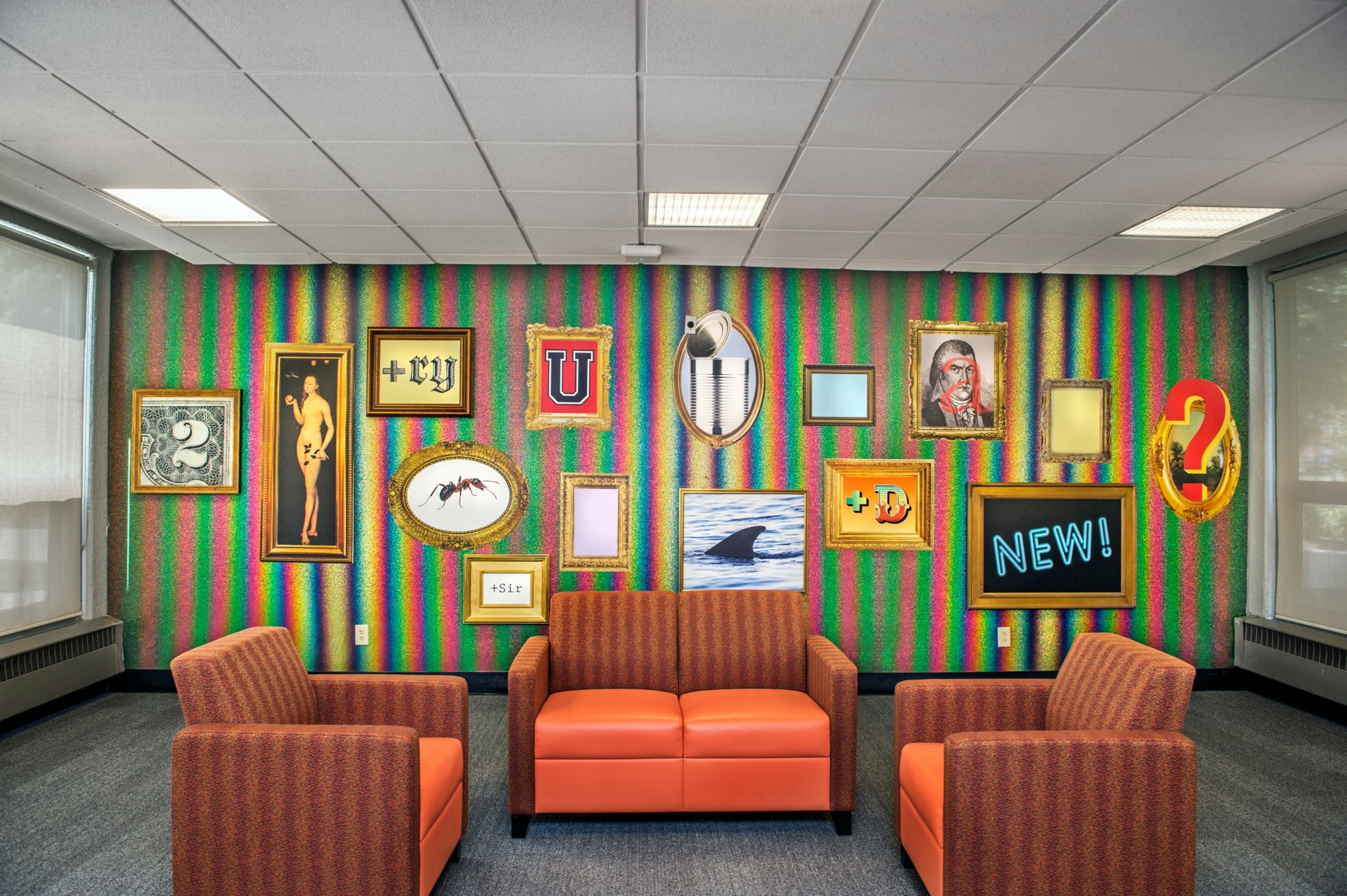
Image Credits
Rachel Portesi, Gregory Staley, Don Snyder


